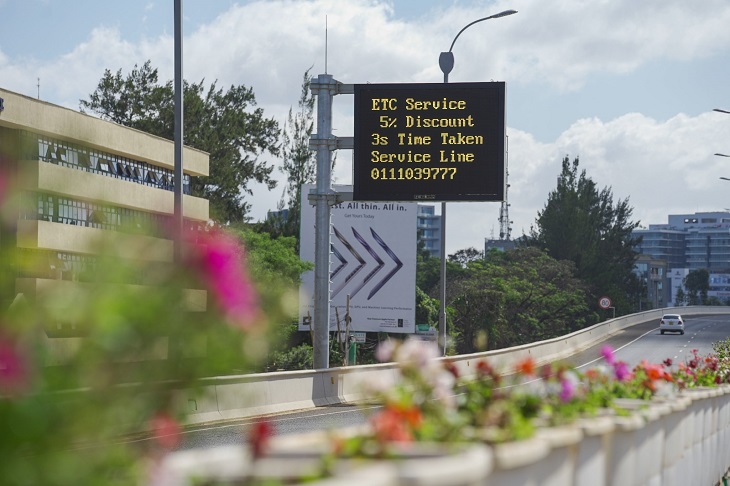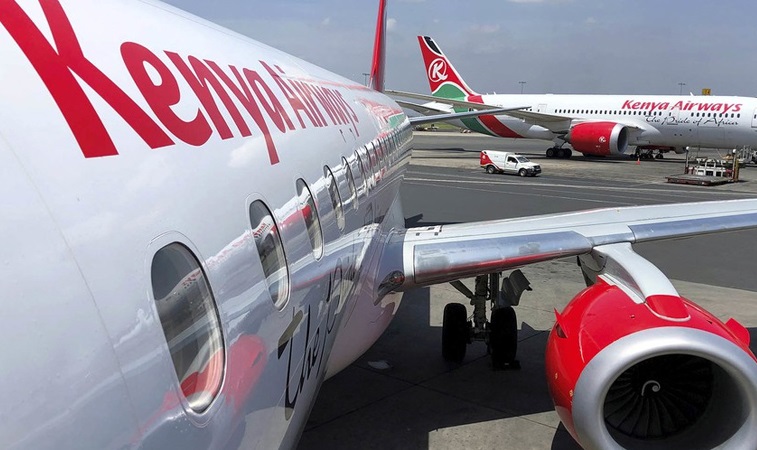Travel is meant to inspire, refresh, and connect us with the world. Yet anyone who has wrestled with delayed flights, missed connections, or a poorly planned itinerary knows how quickly excitement can turn into stress. That is where the concept of seamless travel comes in. At its core, seamless travel is about creating a smooth and uninterrupted journey from start to finish. It is when all the moving parts, like planning, booking, logistics, and experiences on the ground, fit together so well that the traveller can focus on discovery rather than problem-solving.
Seamless travel goes beyond convenience. It is an approach that enhances satisfaction and trust by removing friction at every stage of the journey. Key elements include efficient communication, real-time updates, and personalized experiences that reflect the traveller’s needs. When these align, the result is greater confidence, reduced logistical stress, and more time to enjoy the heart of the trip, whether that is a sunrise safari, a culinary tour in Nairobi, or whale watching in Hemingways Watamu.
Creating such journeys requires more than generic packages. It begins with a deep understanding of each traveller. No two itineraries are the same because no two travellers are the same. By paying close attention to preferences, whether a guest values adventure, luxury, or cultural immersion, travel planners can design tailored recommendations that exceed expectations. The smallest details, such as dietary needs or mobility concerns, can make the difference between a good trip and an unforgettable one.
Of course, combining diverse experiences like a safari, city stay, and beach holiday is not without challenges. Logistical complexity is the most obvious. Flight schedules do not always align neatly, and sometimes travellers must stay overnight in a city between destinations. Thoughtful planning anticipates these hurdles, building itineraries that allow for smooth connections and realistic timeframes. Weather changes also add complexity. A traveller moving directly from the cool evenings of the Mara to the warm coast may find the transition abrupt. A detailed packing guide, luggage storage options, or quick laundry services can help bridge the gap. Then there is the rhythm of travel itself: safaris demand early mornings and active days, while the beach encourages slower rhythms. Preparing travellers with clear itineraries and daily briefings ensures they know what to expect and can fully embrace both experiences.
Personalization remains central. Adventure seekers may prefer walking safaris or conservation activities, while leisure travellers may choose private beach dinners or wellness retreats. One family might thrive on a fast-paced, activity-filled itinerary, while another seeks quiet moments with minimal structure. The key lies in flexibility and tailoring.
Local knowledge is also invaluable in crafting seamless journeys. Authentic experiences often come from experts who know the hidden gems: a small cultural festival in a village, the best time to visit an art gallery, or a tucked-away coastal cove. Local expertise ensures travellers navigate destinations respectfully, from cultural etiquette to appropriate dress codes. It also streamlines travel by avoiding traffic bottlenecks or overcrowded attractions.
Seasonal highlights enrich the calendar further. For example, August in Kenya offers one of the most spectacular wildlife events on earth- the Great Migration in the Mara. Anticipating such highlights and promoting them well in advance allows travellers to plan, budget, and secure availability. Mid-year, the safari-to-coast combination is particularly popular, with many choosing to follow a few days of thrilling game drives with a relaxing stretch on the Indian Ocean.
The way travellers combine destinations is shifting as well. Safari seasons are extending, with visitors booking outside the traditional July to October window for better rates and fewer crowds. There is a notable move toward higher budgets and premium experiences, with longer stays and luxury lodges in private conservancies. Travellers increasingly seek experiential trips: conservation activities, photography safaris, and deeper cultural immersion. Coastal demand now includes eco-marine activities like sea turtle conservation and dhow cruises, while cities such as Nairobi and Mombasa are being rediscovered for their art scenes and culinary tours.
Technology is also shaping the future of seamless journeys. Travellers want mobile payments, virtual previews, and interactive maps that make navigation easy. Data-driven insights allow planners to anticipate needs and deliver truly personalized service. There is also a growing push toward dynamic packaging, where travellers can combine safari, beach, and city elements into one coherent itinerary rather than piecemeal bookings.
Looking ahead, seamless journeys will increasingly depend on collaboration with local communities and a commitment to sustainability. Travellers want to know that their trip contributes positively to conservation and culture. By pairing technology with human expertise and efficiency with authenticity, the future of travel lies in offering not just a trip but a carefully woven journey where every step feels natural, connected, and memorable.
Seamless travel is not a luxury anymore. It is becoming the standard expectation for travellers who value their time, money, and experiences. When journeys flow effortlessly from safari to city to coast, travel lives up to its promise of discovery and wonder.
Related Content: Hemingway’s Travel Among Those Feted By Air France
Hemingway’s Travel Head of Sales and Client Management – David Kamau












